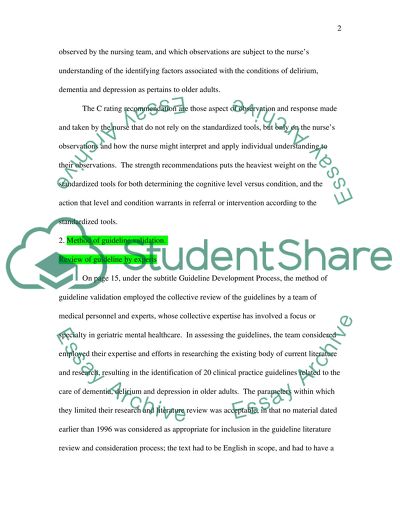Critique of an evidence-based practiced guidelines Essay. Retrieved from https://studentshare.org/miscellaneous/1538507-critique-of-an-evidence-based-practiced-guidelines
Critique of an Evidence-Based Practiced Guidelines Essay. https://studentshare.org/miscellaneous/1538507-critique-of-an-evidence-based-practiced-guidelines.


